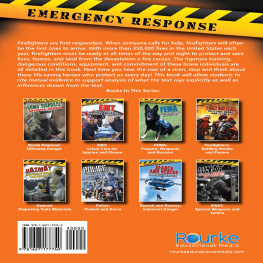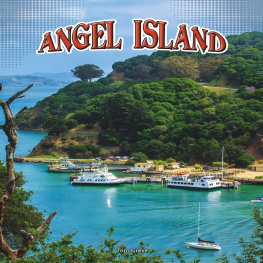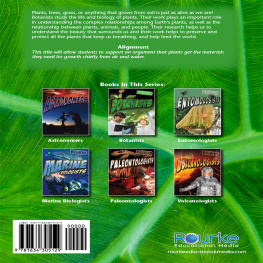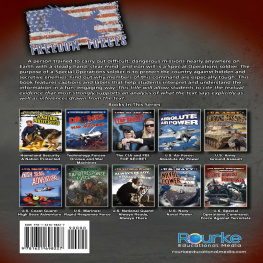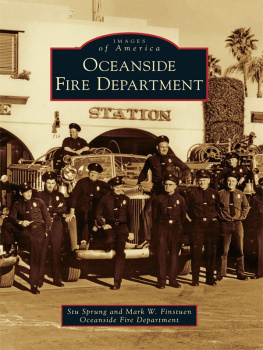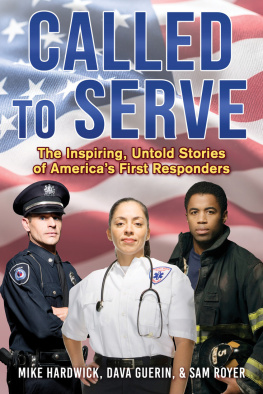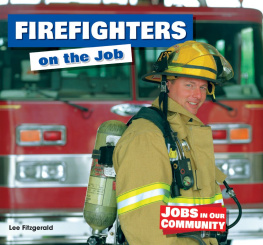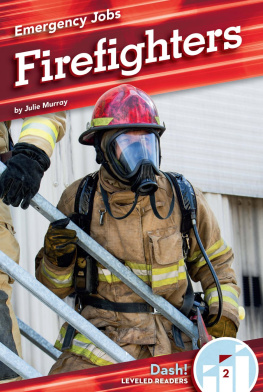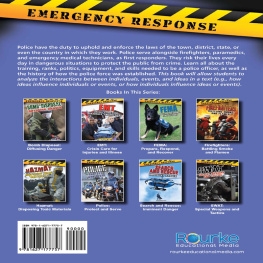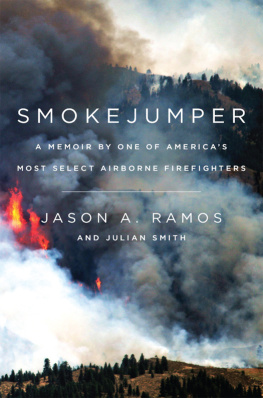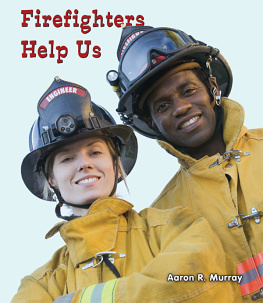Content Area Vocabulary
Read the list. What do these
words mean?
distress
drought
emergency
firestorm
mobile
municipal
paramedics
population
rural
suffocation
ventilate
venue
wildfires
Before Reading:
Building Background Knowledge
Before reading a book, it is important to tap into what your child or students already know about the topic. This will help them develop their vocabulary, increase their reading comprehension, and make connections across the curriculum.
| Look at the cover of the book. What will this book be about? |
| What do you already know about the topic? |
| Lets study the Table of Contents. What will you learn about in the books chapters? |
| What would you like to learn about this topic? Do you think you might learn about it from this book? Why or why not? |
| Use a reading journal to write about your knowledge of this topic. Record what you already know about the topic and what you hope to learn about the topic. |
| Read the book. |
| In your reading journal, record what you learned about the topic and your response to the book. |
| After reading the book complete the activities below. |
After Reading:
Comprehension and Extension Activity
After reading the book, work on the following questions with your child or students in order to check their level of reading comprehension and content mastery.
| What is the mission of a firefighter? (Summarize) |
| When you see a speeding fire truck with its sirens on, where do you think it is going? (Infer) |
| What are other ways firefighters help people in need besides responding to a fire? (Text to Self Connection) |
| Why are firefighters referred to as first responders? (Asking Questions) |
| Name the procedures a firefighter goes through when they receive an emergency call? (Visualize) |
Extension Activity
Plan a trip to a nearby fire station! Call ahead and see if you can arrange for your class or family to visit afire station near your home or school. Take a notebook with you and list all the important information the firefighters share with you on how to keep your home and school safe. View the equipment, tools, and the place they live and sleep while they are on duty. Write a report about your fire station field trip and share with your class or family.
TABLE OF CONTENTS

About the Author
Tom Greve is a freelance writer from Chicago. He lives with his wife and two kids in the Lincoln Park neighborhood. It is an area of the city created, in part, from piled-up debris left after the Great Chicago Fire. He grew up in Northeastern Wisconsin, just a few miles through the woods from Peshtigo.

2014 Rourke Educational Media LLC
All rights reserved. No part of this book may be reproduced or utilized in any form or by any means, electronic or mechanical including photocopying, recording, or by any information storage and retrieval system without permission in writing from the publisher.
www.rourkeeducationalmedia.com
PHOTO CREDITS: Cover worradirek; page 4 EpicStockMedia, pages 4-5 Evgeny Dubinchuk; page 6-7 VanderWolf Images, page 7 Johnny Habell; pages 8-9 worradirek; page 10 EdJohnston and John Phelan, page 11 wellphoto and egd; pages 12-13 photofriday, page 13 TFoxFoto; page 14 Flashon Studio, page 15 StockPhotosLV; page 16 Digital Storm, page 18-19 USDA Forest Service, Coconino National Forest, page 18 U.S. Department of Agriculture, page 19 Sascha Burkard; page 20 ValeStock; page 24-25 TFoxFoto; page 26-27 Bule Sky Studio, page 26 Anthony Correia
Edited by Jill Sherman
Designed and Produced by: Nicola Stratford www.nicolastratford.com
Library of Congress Cataloging-in-Publication Data
Greve, Tom
Firefighters: Battling Smoke and Flames / Tom Greve
p. cm. -- (Emergency Response)
ISBN 978-1-62717-652-1 (hard cover) (alk. paper)
ISBN 978-1-62717-774-0 (soft cover)
ISBN 978-1-62717-893-8 (e-book)
Library of Congress Control Number: 2014934244
Rourke Educational Media
Printed in the United States of America,
North Mankato, Minnesota

Natures Freaky Force
Fire is planet Earths ultimate mixed blessing. When controlled, it can heat homes, cook food, and make light to see in the dark.
When it is not controlled, fire is among the most destructive forces imaginable. Fire destroys buildings and lays waste to forests. Fire can kill just about any living thing in its path.
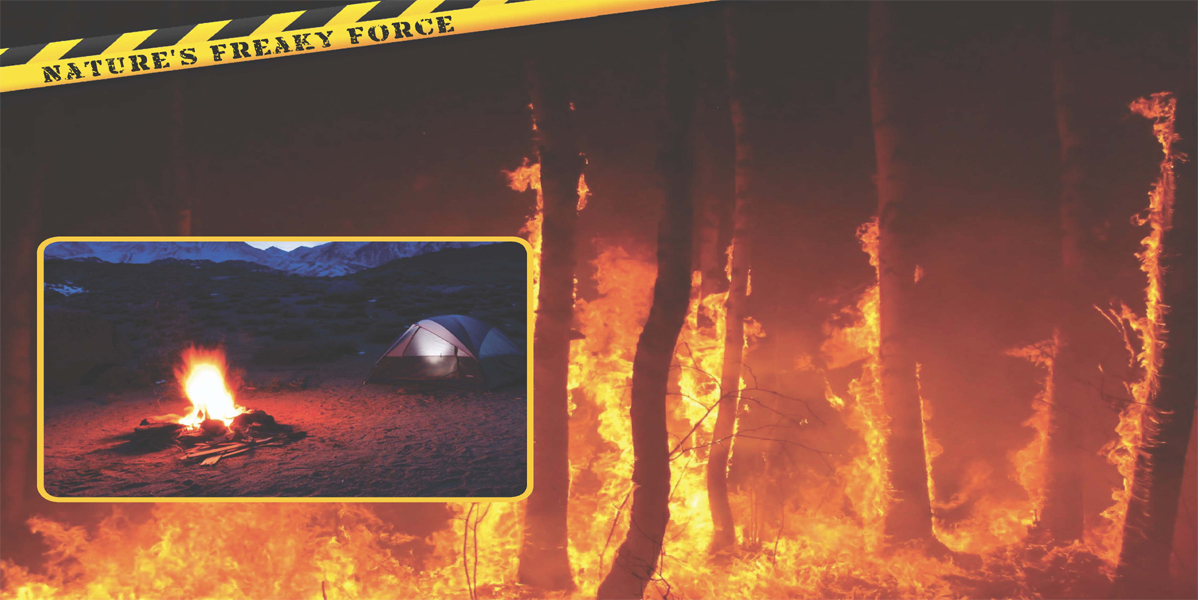
The coziness of a warm campfire or a candlelit room hides the potential harm those same flickering flames can do if left uncontrolled.
Lightning can easily start a fire under certain conditions.
Throughout history, humans have tried to meet the awesome threat fire poses to our lands, our homes, and even our lives. Firefighters rise to meet that challenge every day and every night. They stand guard against fire and its deadly advance.
When you see a speeding fire truck with its siren wailing, they are rushing toward an unfolding emergency. Firefighters are first responders. When someone calls for help, firefighters will often be the first ones to arrive.
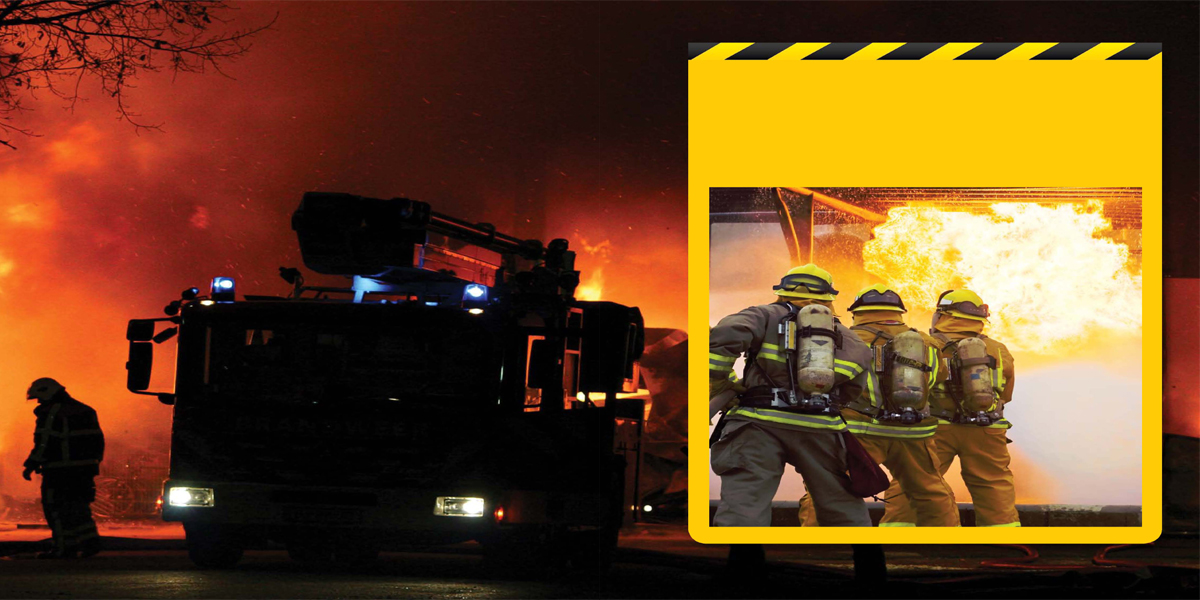
Fires Can Kill
Firefighters respond to more than 350,000 fires each year in the United States. These fires claim more than 2,000 lives. The smoke and toxic gases from fire claim more lives than the flames themselves.
Heroic Helpers
When there is a fire, people and animals do anything they can to get away from the flames. Firefighters, on the other hand, speed toward the fire in order to fight it.
Firefighters have to be brave. Because they work on a team, firefighters must be dependable, focused, and able to work with the other members of their crew. A firefighter who cannot be a team player is a danger to the other people on his or her crew.
Every firefighter has to go through a tough training program before he or she can join a fire department. Firefighters must know the best ways to put out different kinds of fires. They need to know how to use their tools and other equipment, and how to rescue people trapped in burning buildings.

